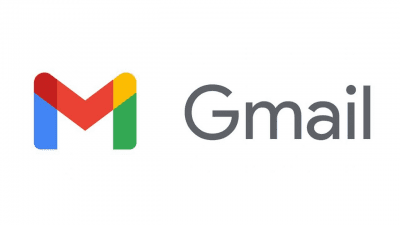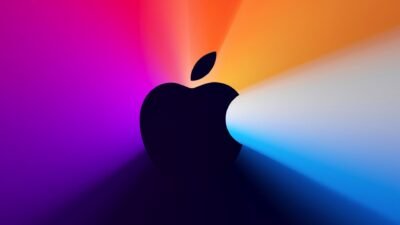Google pace up the development of Fuchsia OS in 2023

2023 has just started and it appears that companies have started working since the day first of the new year. It is possible that Google might be redesigning the Fuchsia OS development. Last month, Google held an SDK Bootcamp event for the recent platform. Several new developers were part of the event possible for the production of new apps for Fuchsia. Recently, the company upgraded the official Visual Studio Code plugin for Fuchsia. These recent developments point to continued work and progress.
Almost in 2016, Google started working on the Fuchsia project. The company utilized it for fueling various Nest smart displays. Just after a few years, the company updated the first-gen Next Hub and Nest Hub Max to Fuchsia OS. Reportedly, the Cast OS in the first-gen Nest smart devices was substituted for the Fuchsia OS. Now it appears that the company is focusing on the development of the platform for its smart speakers. We can expect an update to the 2020 Nest Audio soon. Where the forthcoming models will arrive with Fuchsia OS out of the box.
Although it might appear simpler. But things are not that simple. As Google is not developing the platform for its smart displays and speakers. It is also targeting tablets, smartphones, and other such products. Back in 2017, the Pixelbook was utilized as an experimental device for Fuchsia. Under the Starnix project, Google is working to develop this platform for a wider range of devices. Furthermore, the company is also testing the local Android and Linux apps for the Fuchsia platform.
The Starnix project will clear the major hurdles and hesitation in the mass adoption of the Fuchsia OS. Since it will attract users as well as developers when the apps work smoothly on a device fueled by Fuchsia OS. Since we have already witnessed a similar case with Tizen OS by Samsung. The project was abandoned just after introducing four entry-level smartphones. After that Samsung moved to Wear OS by Google for its wearables i.e., smartwatches.
Previously, Google decided to run Linux and Android apps on Fuchsia using a virtual machine. But that idea was a flop since it has several limitations. It messes up the performance of the app. Starnix will hopefully be a solution to this problem. However, the company is focusing on the development of native apps rather than relying on other apps. It has possibly started with the SDK Bootcamp event in December 2022.
These developments suggest that we can expect a big release for Fuchsia OS either this year or next year. One thing to note here is that the company is using Fuchsia as an experimental subject and not as a substitute for Android or Chrome OS. Having said this we can assume that it is perhaps not targeted at the end users and developers. A member of the Fuchsia team mentioned that the sole purpose is to provide a simpler experience. Since products are in charge of the app developer as well as the end-user experience. Only time will tell about the future of this new OS by Google.
Research Snipers is currently covering all technology news including Google, Apple, Android, Xiaomi, Huawei, Samsung News, and More. Research Snipers has decade of experience in breaking technology news, covering latest trends in tech news, and recent developments.










